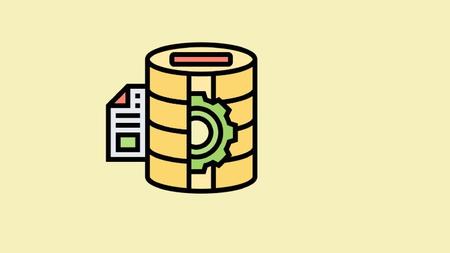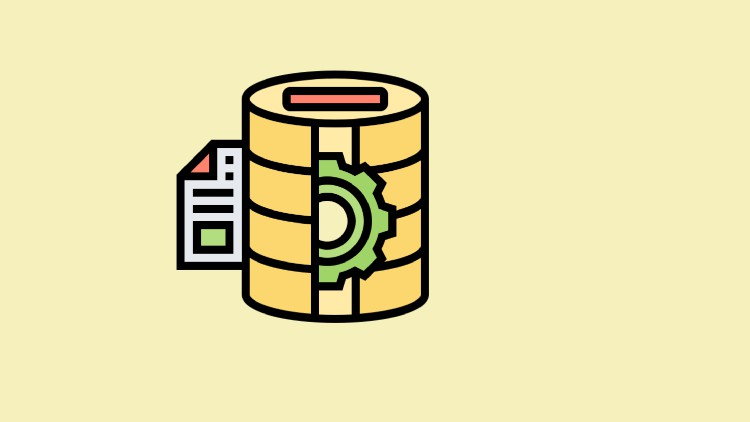Microsoft SQL for beginners : Perform CRUD Operations
Last updated 10/2023
Duration: 1h39m | .MP4 1280x720, 30 fps(r) | AAC, 44100 Hz, 2ch | 534 MB
Genre: eLearning | Language: English
Last updated 10/2023
Duration: 1h39m | .MP4 1280x720, 30 fps(r) | AAC, 44100 Hz, 2ch | 534 MB
Genre: eLearning | Language: English
Interact with SQL Databases with Transact-SQL ( Microsoft-SQL )
What you'll learn
Setup SQL Server Database Server
Connect to SQL Server using SSMS
Restore sample database
Create a database
Create a table in the database
Insert data into the table
Create views
Update the data
Read the data
Backup database
Delete the data
Truncate table
Delete table
Delete database
Restore database
Requirements
You don't have to know the SQL language, but you should understand basic database concepts such as tables
Your system must have any edition of SQL Server installed ( This is covered in the course)
Your system must have SQL Server Management Studio installed ( This is covered in the course)
Description
Transact-SQL is Microsoft's and Sybase's proprietary extension to the SQL used to interact with relational databases.
What is SQL?
SQL stands for Structured Query Language
SQL lets you access and manipulate databases
SQL became a standard of the American National Standards Institute (ANSI) in 1986, and of the International Organization for Standardization (ISO) in 1987
What Can SQL do?
SQL can execute queries against a database
SQL can retrieve data from a database
SQL can insert records in a database
SQL can update records in a database
SQL can delete records from a database
SQL can create new databases
SQL can create new tables in a database
SQL can create stored procedures in a database
SQL can create views in a database
SQL can set permissions on tables, procedures, and views
SQL is a Standard - BUT….
Although SQL is an ANSI/ISO standard, there are different versions of the SQL language.
However, to be compliant with the ANSI standard, they all support at least the major commands (such as SELECT, UPDATE, DELETE, INSERT, WHERE) in a similar manner.
Note
: Most of the SQL database programs also have their own proprietary extensions in addition to the SQL standard!
This course you will learn how to create a database, create a table in the database, insert data into the table, update the data, read the data, delete the data, and then delete the table. You will create views ,backup and restore database.
Who this course is for:
Beginners to Microsoft SQL (T-SQL)
Beginner Data Analyst
More Info



